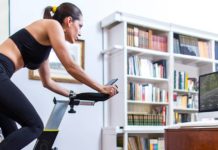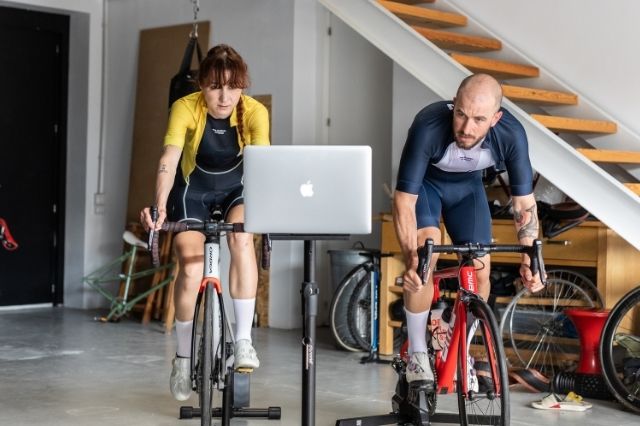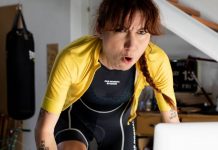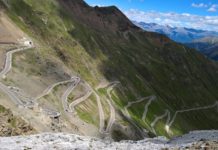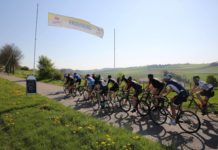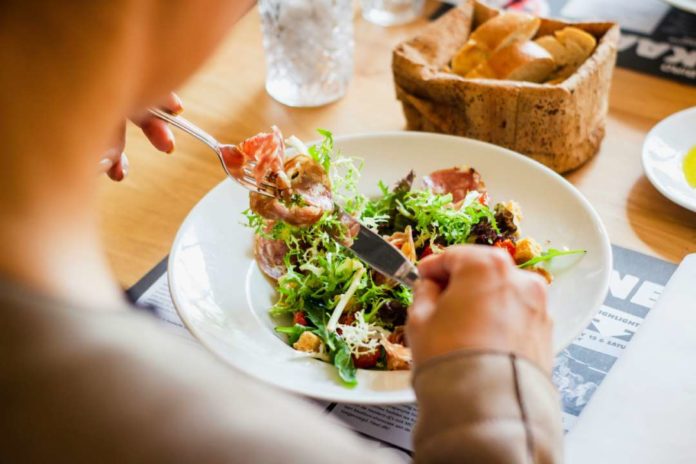When you eat, your body does many complex things to digest and absorb the nutrients in your food. One of these adaptations involves changes in blood circulation, especially in the digestive system.
What happens when food reaches the stomach? Our friends at INDYA explain:
- Increased Blood Flow to the Digestive System: After eating, the body increases blood flow to the stomach and intestines. This happens because digestion requires more oxygen and nutrients. The way to get them there is through the blood. This increased blood flow helps the digestive organs work more efficiently to process food and therefore better extract nutrients.
- Activation of the Parasympathetic Nervous System: The parasympathetic nervous system, or in layman’s language, the “rest and digest” system, is activated after eating. This activation causes the secretion of saliva and gastric juices and increased blood flow to the digestive organs among other things.
- Absorption of nutrients: As food is processed in the digestive tract, nutrients are absorbed through the walls of the small intestine (microvilli). Blood circulating through the capillaries in the intestinal wall picks up these nutrients and transports them to the rest of the body.
- Return of the blood to the liver: Once absorbed, we again use the blood, now rich in nutrients, to transport them to the liver via the hepatic portal vein. The liver plays a key role in the metabolism of nutrients, eliminating toxins and storing important substances.
- Possible reduction in blood flow to other areas: To compensate for the increased blood flow to the digestive system, there may be a temporary reduction in blood flow to other parts of the body, such as the muscles.
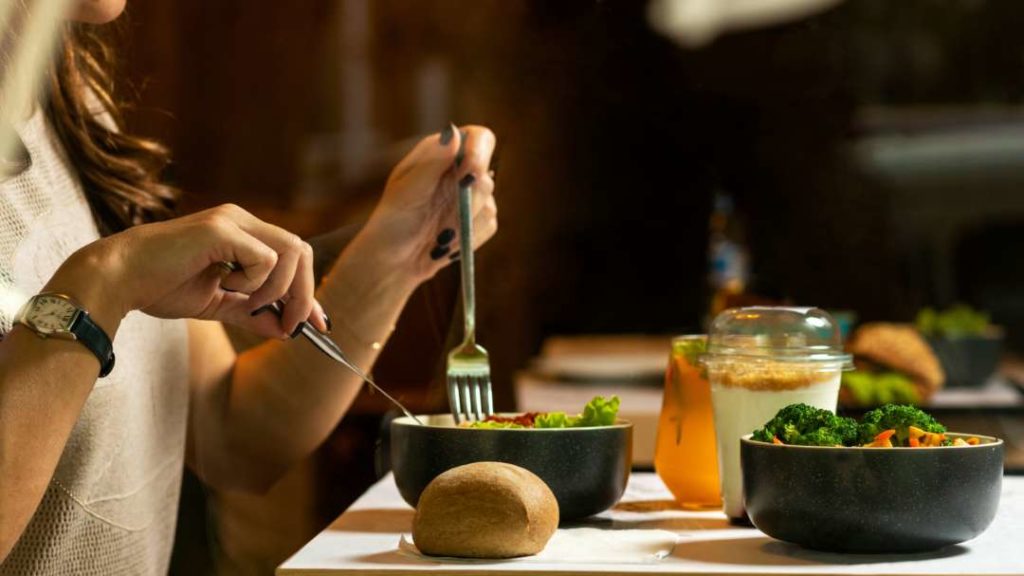
In summary, digestion involves a reallocation of resources within the body, with the idea being to support the digestive system to process and absorb nutrients from food as efficiently as possible.
It is a very complex and incredibly coordinated process between different systems and organs that we need to understand and understand in order to make the best decision on the best timing.
Our recommendation is to get on the roller with an empty stomach, but with a full tank.
At INDYA we are very insistent on the importance of being very organised with meals to ensure that digestion will not be an interference in our training but our best ally in getting all the resources our body will need.
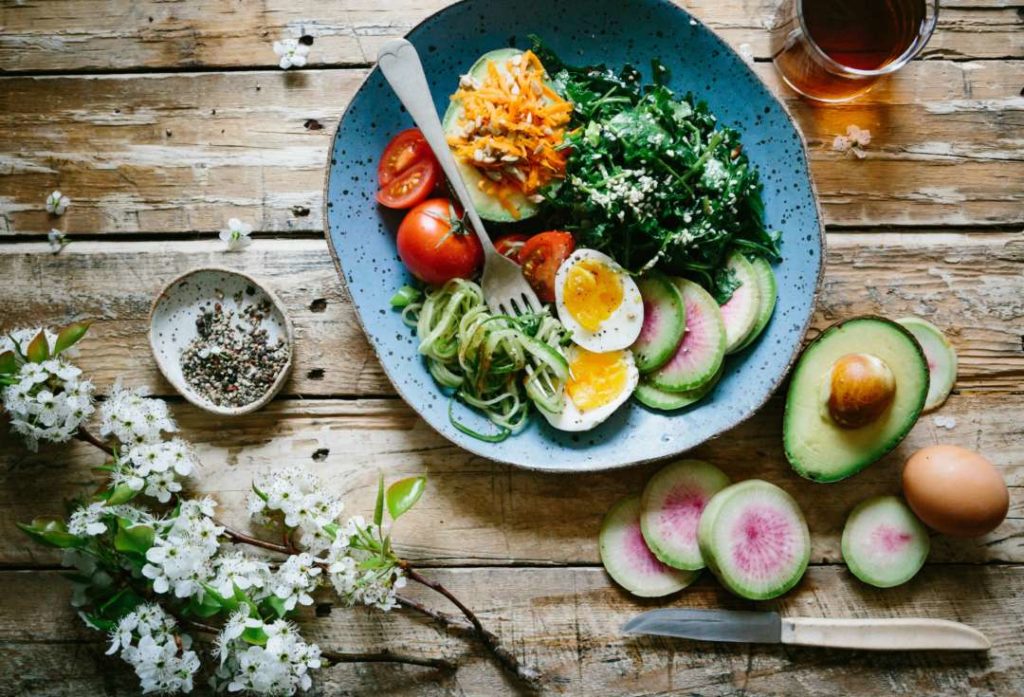
To make the science a little more sexy and understandable, we are going to give you 5 keys so that you can apply this idea without problems before getting on the roller and so that you can enjoy your indoor training a lot.
1.- Plan your schedule to reconcile work, family, training and meal times. You have already seen that this is a very complicated process and if we organise it well, we can help a lot to make it efficient and get the most out of our time on the bike. 90% planning, 10% execution. That way we won’t fail. Bear in mind that you should leave at least 2.5-3 hours between your main meal and your training and between 60-90 minutes if they are snacks or less copious meals.
2.- Don’t eat in a hurry and above all don’t be overwhelmed by the social clichés of eating lunch at 14:00 or lunch at 11:00. Your schedule is as unique as you and your life. The key is to give your body what it needs at any given time. We can have lunch at 11:00 or dinner at 18:00 and dinner at 22:00. There is a wonderful world in the concept of nutritional architecture. At INDYA, we conceptualise this term as the art of distributing recipes and macros in the right timing according to the needs of each athlete. To get into a habit, routines have to be comfortable and enjoyable. If not, it is very difficult to maintain it over time. It is just as valid to eat 3 times a day as 7. What will turn this recommendation into something incredibly powerful is that it is useful for you.
3.-Load up on carbohydrates. In general, indoor training sessions are harder in terms of intensity-time and perceived effort. That’s why it’s great to have high glycogen reserves. If the session is in the afternoon, load up at breakfast (60-90g CH) and lunch (100-150g CH). It is important to leave a gap of 3-4 hours before the session to ensure that digestion is complete and to “free” the blood to circulate unrestricted to the myocyte (muscle cell) so that we can transport enough oxygen to transform glucose into energy.
If we get on the roller with a full stomach, we are sequestering oxygen and reducing our Vo2max. Nutritional planning is key to getting the most out of the roller. And be careful, the watts on the bike are more demanding than outside. It is important to be very careful about how we get to the training session with our fuel tank.
4.- What do I do if I haven’t been able to eat what I should have eaten before training? Don’t worry, everything has a solution. If you eat solid food quickly, it is likely that digestion will be complicated and your performance will drop significantly. In this case, we recommend you eat something very easy to digest 30-35 minutes before training: baby food. Yes, yes, you heard right, the porridges that you put in your child’s bottle are a very interesting option to make a small load (you can easily put 100 g of CH) before training and ensure a minimum pool of carbohydrates without a complicated digestion that compromises our sensations and/or performance. Try it and let us know ; )
5.- Can I eat something during the training session? Following the line of the post, what we are interested in is to simplify the digestive process a lot, so if we need refreshments, our recommendation is that you use fast-assimilation CH such as maltodextrin or fructose along with mineral salts in liquid form to make the digestive process super efficient.
- Granger DN, Holm L, Kvietys P. The Gastrointestinal Circulation: Physiology and Pathophysiology. Compr Physiol. 2015 Jul 1;5(3):1541-83. doi: 10.1002/cphy.c150007. PMID: 26140727.
- Alabduladhem TO, Bordoni B. Physiology, Krebs Cycle. In: StatPearls [Internet]. Treasure Island (FL): StatPearls Publishing; 2024 Jan. 2022 Nov 23. PMID: 32310492.
